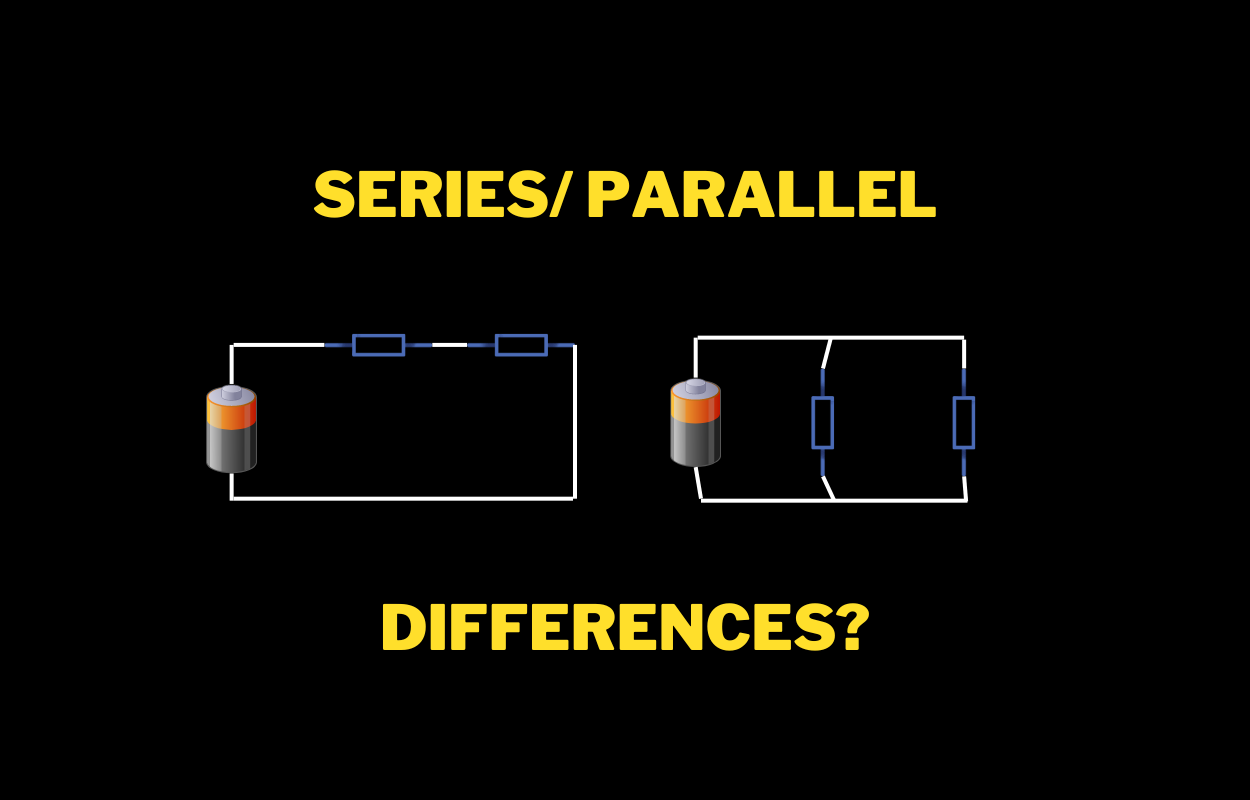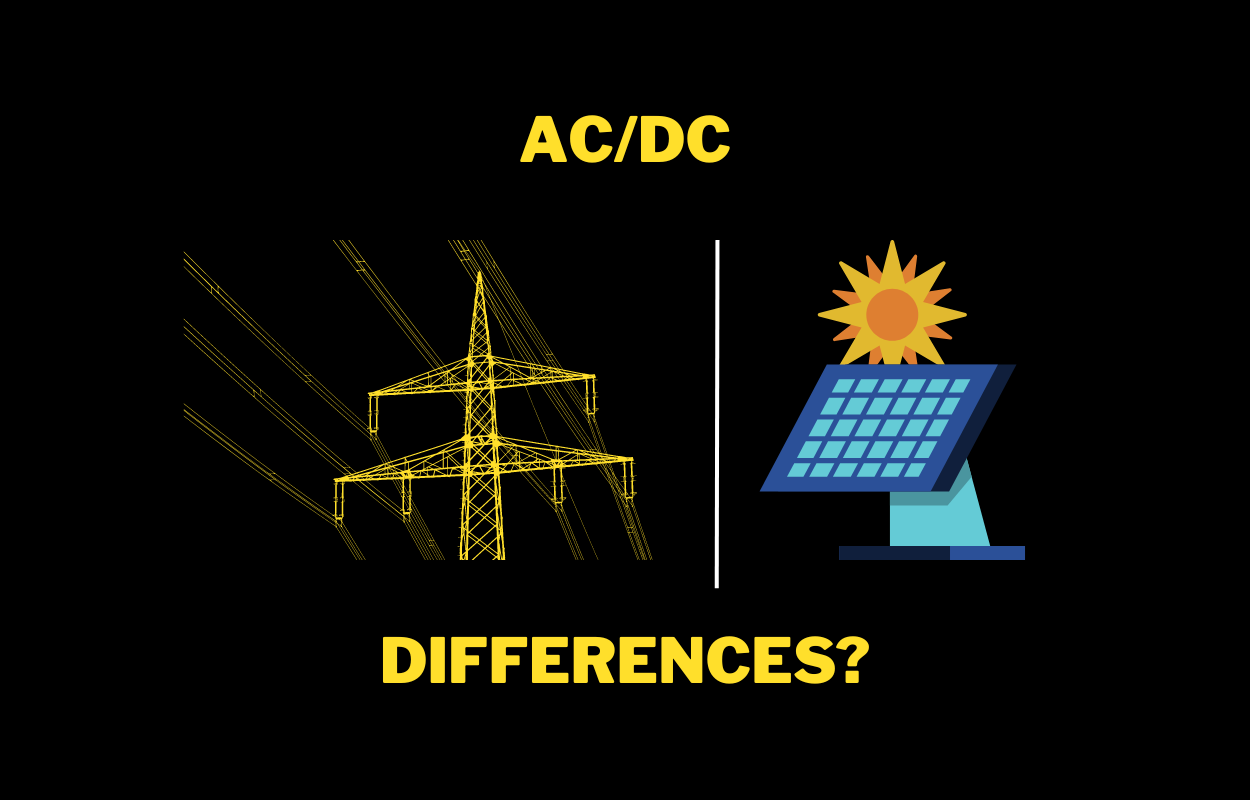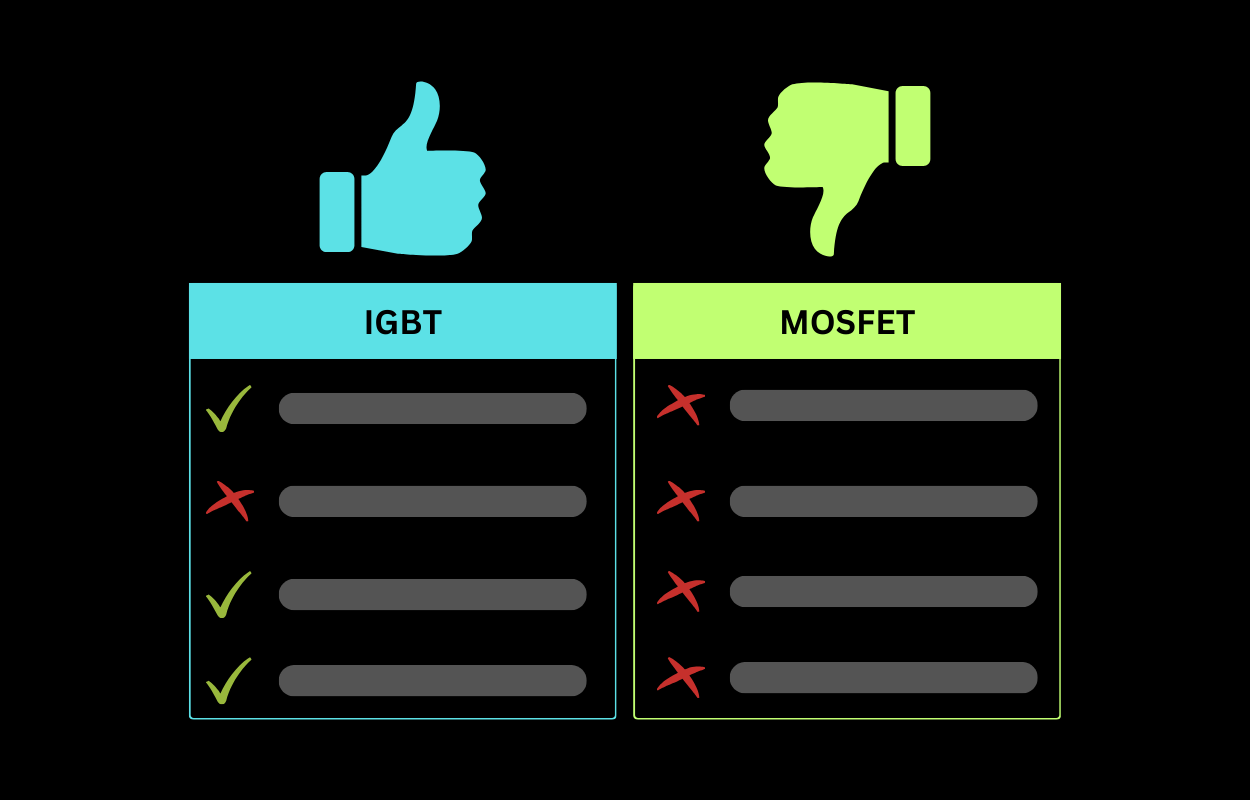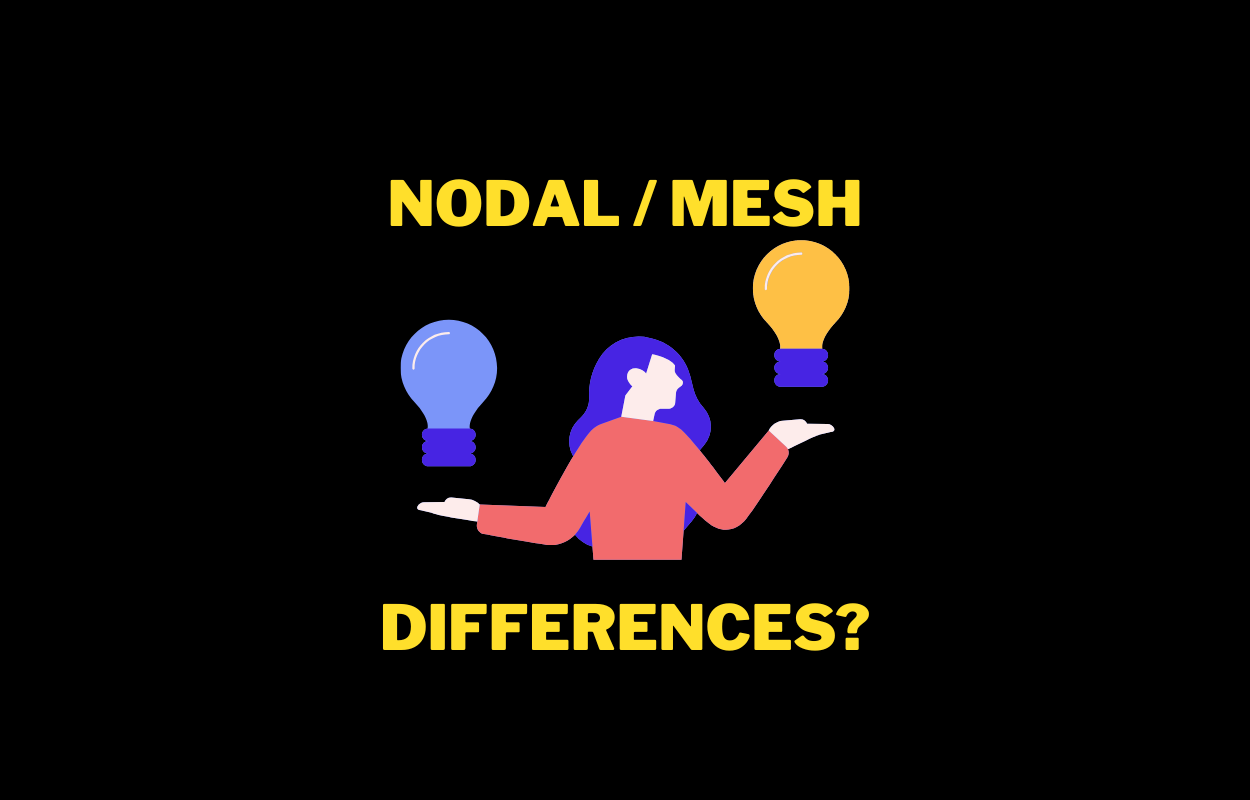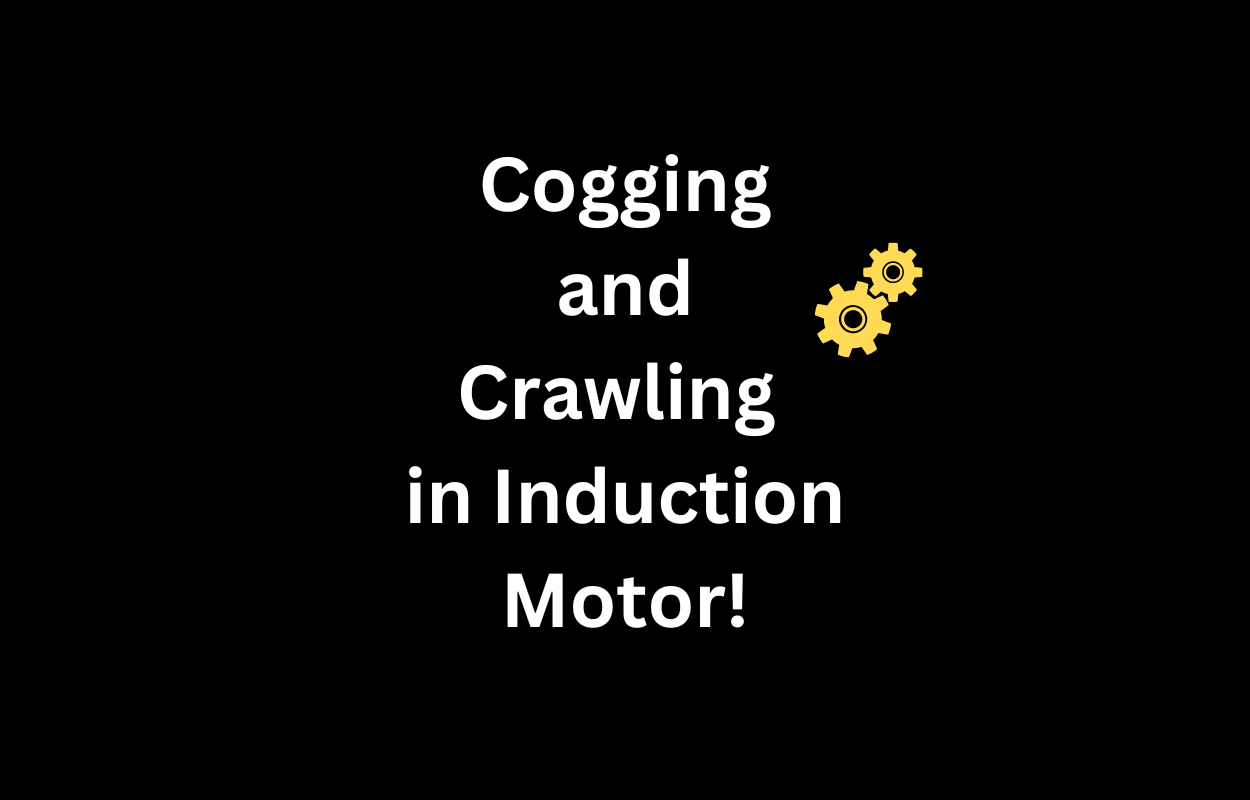Difference Between Series and Parallel Circuits 🔌
The main difference between a series circuit and a parallel circuit is the way the components are connected. In a series circuit, the components are connected end-to-end, so the current flows through one component and then through the next. In a parallel circuit, the components are connected side-by-side, so the current can flow through multiple … Read more
